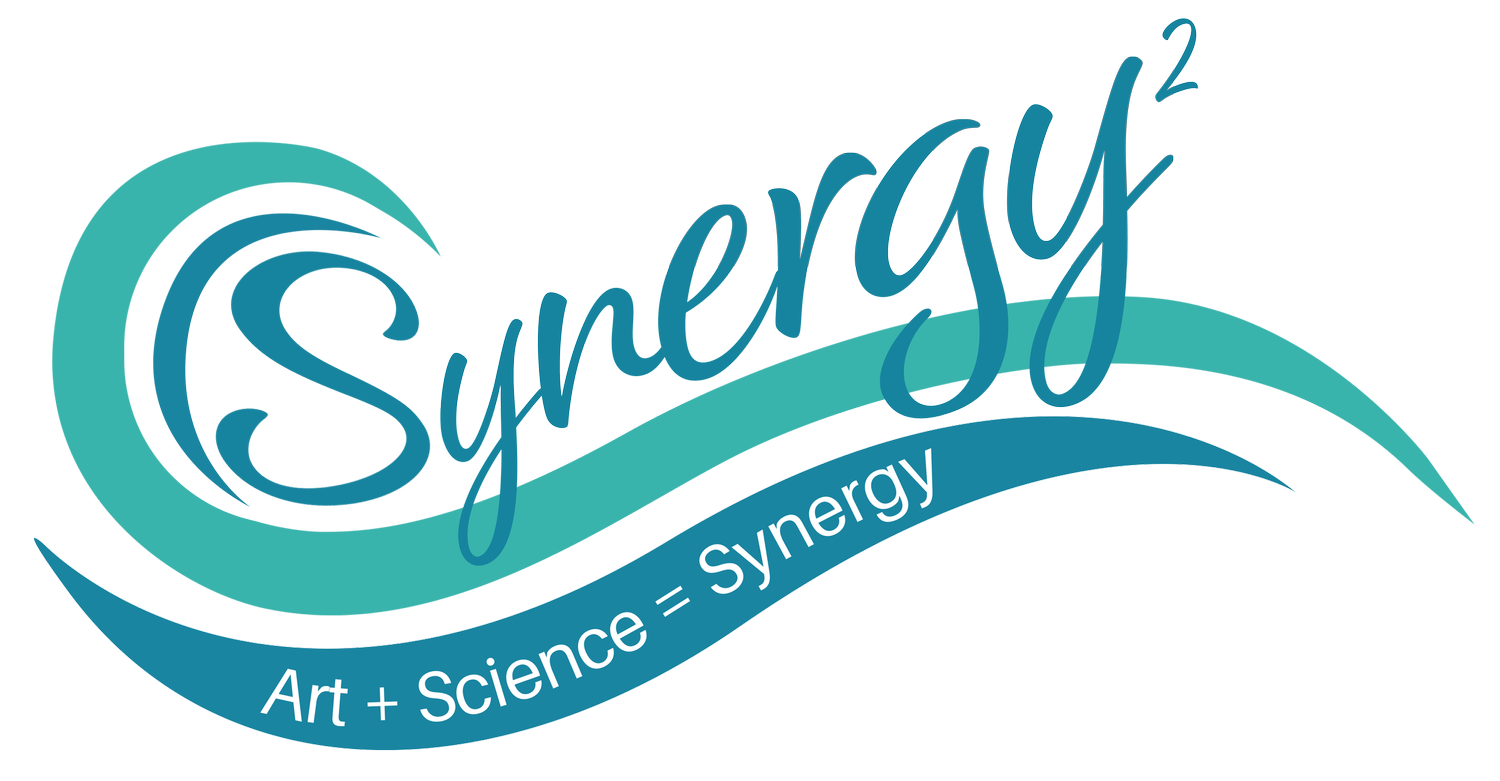
Turbulence
by Ellen Biegert and Larry J. Pratt, Phd
Above: “In Layers” — Ellen Biegert
Turbulence takes the ocean’s movement and interprets the commotion through texture, rhythm and pattern.
MEDIUM
Pen and paper, glass and etching, and digital art
PIECES
One finished, four planned
TOPIC
Turbulence in the ocean
LOCATION
The abyssal ocean
"In Layers" — Ellen Biegert
A tumultuous abyss
Although the deep ocean is often thought of as quiescent, it is actually home to a substantial and intense bottom circulation and to turbulent motions. The circulation is part of the great overturning circulation, in which water in polar regions sinks to the bottom and flows from one basin to the next in a journey that may take 1000 years or more. Some of the sinking occurs in turbulent “chimneys” that carry heat and dissolved carbon dioxide into the deep ocean, consequently buffering the effects of global atmospheric warming. Turbulence in the deep limbs of the overturning circulation is generated where these currents encounter bumps on the ocean floor and is especially intense in deep passages such as the Denmark Strait and Samoan Passage. Turbulence is also generated by the action of the tides, causing water to slosh across the rough bottom and leading to strange, up-hill flows along the flanks of mid-ocean ridges.
The Artist’s Process
Turbulence takes the ocean movement and interprets the commotion through texture, rhythm and pattern to give the feeling of the expansive water bodies with layers of varying activity. It translates the complexity of the small microscopic motions out to the great overturning circulation by exploring the different scales with pen, etching and light. Each piece of the project interprets different aspects of turbulence to give a small glimpse at the complexity of movement throughout and offers a connection to the ocean through visualization of its natural rhythms.
Turbulence is made of three parts:
“The Great Overturning”
“In Layers”
“Many Pieces”
Breakdown of Turbulence
“The Great Overturning” — Ellen Biegert
The main component of “The Great Overturning” is a glass buoyancy sphere. Utilized by Woods Hole Oceanographic Institution, this device has spent time in the deep ocean, subject to the enormous pressures and turbulent motions endured by deep-sea moorings, and has emerged with traces of water from the depths and scars from its undertaking. On this sphere will be etched the interconnectedness of our oceans and global waters as seen from above.
“In Layers” represents the internal waves moving beneath the agitated surface and above the rough bottom of the ocean. These waters, seemingly disconnected from the adjacent commotion, can stay separated from air for over a millennia. Here, at depth, we find serenity in a constantly pulsing ocean. The patterns and flowing lines create a link to this hidden mass and adjacent turbulent layers.
“Many Pieces,” currently still in development, will explore individual components of water turbulence in conjunction with the interconnected complexity at different scales. One action of water can be made of a million smaller turbulent motions and continue to adjust depending on the lens.
What’s Next?
Turbulence is still in progress. We are continuing to delve into the beauty and complexity of turbulence through the lens of creativity, to strengthen the connection between science, art, humanity and the environment.
Ellen & Larry
To find out more about the artist and scientist who are behind this project, visit their section of the Artists & Scientists page via the link below.


